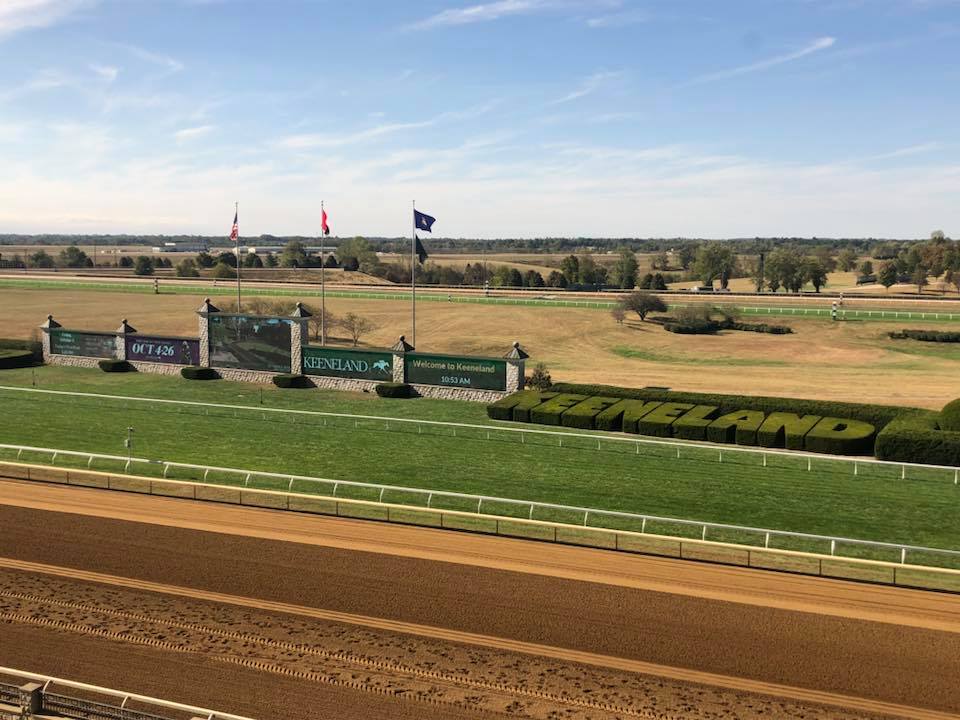
I received an email from a racing fan who asked me to explain racing surfaces with the Breeders’ Cup weeks away and Santa Anita’s racetrack surface change ( they made the track a lot deeper) and how is it going to affect the horses?
Great question, the racing surface means everything. The racetrack surface is the great equalizer. The one thing everyone wants is a safe, fair race track. When sand is added to the track or clay, it is definitely going to change the composition of the surface. Usually a deeper track has a lot more cushion on it and it’s easier on horses. But a lot of horses don’t like it because they can’t get a hold of it. Meaning, when the horse strides out, he is not getting a hold of the track.
When a horse can’t get a hold because the track is loose, he is just spinning wheels and loses his confidence. Which translates to the horse getting tired a lot sooner and the horse is not going to run his race. When a jockey feels the horse struggling he knows the horse is not going to run. The jockey takes a hold of the horse, keeping both horse and rider safe to race another day.
If the horse is training over the racetrack surface everyday and breezes over it a few times, it can really make the difference. Truth be known, a deeper race track with a lot of cushion is a lot safer track. But there are horses that like to hear their feet rattle. They like it hard and fast so they can grab and stride out quicker. Generally, they are speed horses, they have to “grab and go”. I’m not saying a fast hard racetrack is not safe… they are. The majority of horses prefer that kind of surface.
Here is the real question. Is it going to be a fair racetrack? Meaning, will speed carry and do horses that come from off the pace have an equal chance to win? Is the rail a good place to be or is it going to be deeper? Remember, the racetrack drains that way, bringing more sand toward the rail. Historically, some race tracks like to speed their tracks up on big days by scraping them down. Unfortunately we won’t know until race day.
Remember, I said horse’s confidence gets shaken when they can’t get a hold of the track. Deeper tracks are loose and cuppy. Let me explain loose and cuppy.
Ever walk on a beach and you take a step and your foot slips and it breaks out from underneath you? That’s what a horse feels and he loses his confidence and gets scared. Horses are going to take care of themselves. Generally, if they harrow and put a lot of water on it they can tighten it up. Now you get the horse that likes it deeper because it doesn’t jar them. They stride out and their confidence is at a high level. That’s why they say there are horses for courses…it’s the truth.
There are all different track surfaces- Fast, Sloppy, Good, Slow, Heavy, Turf and Synthetic. Each and every racetrack surface affects the performance of the horse. When you’re looking at a horse’s form, you will see how he handles those different surfaces. Generally a horse doesn’t change. If he likes it, he will run well, if he doesn’t, he won’t.
I hope I explained the difference between a deeper slower track compared to a fast track. See you at the races!
To read more training tips or information strait from the horses mouth (trainer) click here.



